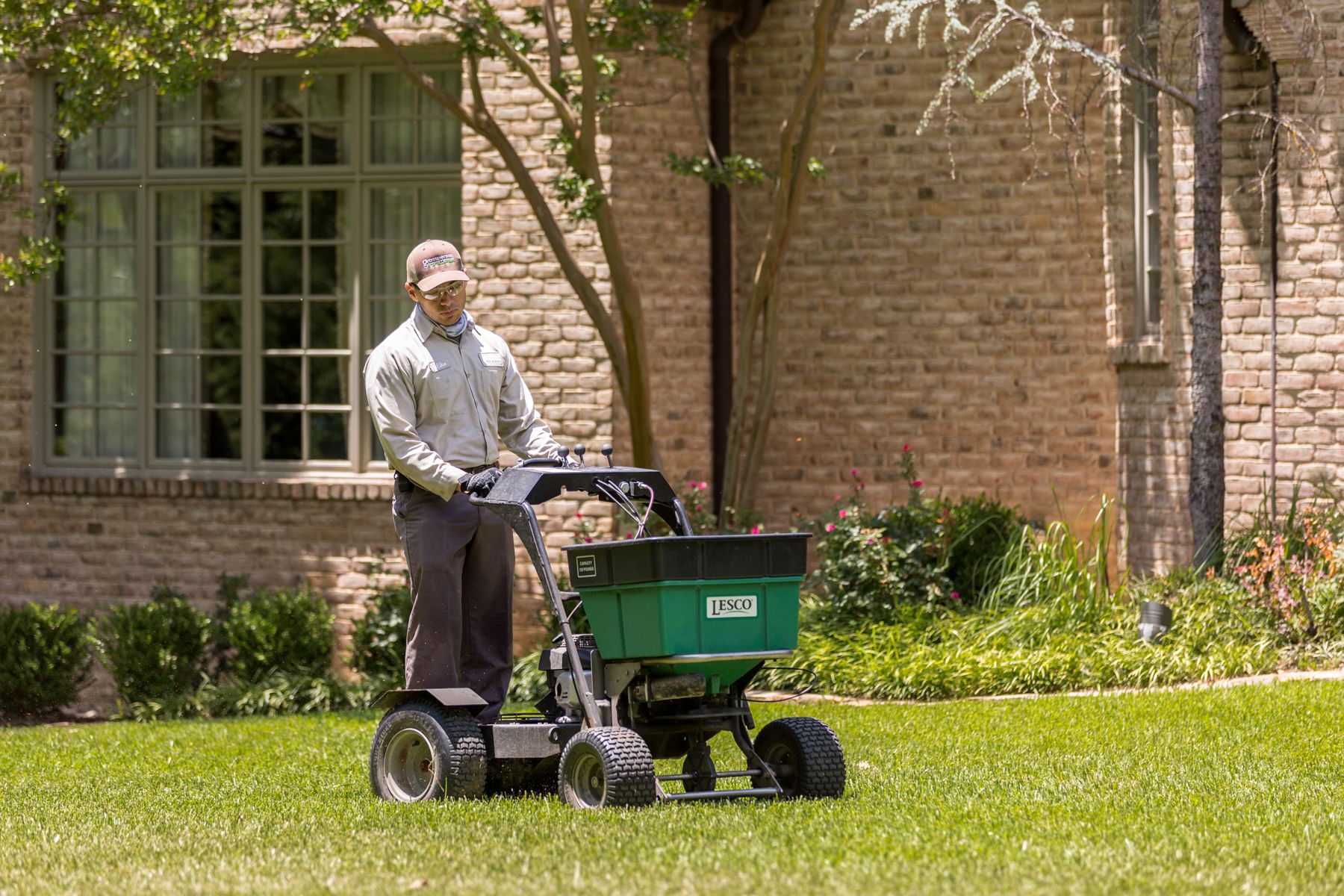
Here in North Texas, where weeds are abundant, homeowners often feel as though they are in a constant uphill battle that seems nearly impossible to win. How can you win the war on lawn weeds in North Texas when they seem to just keep coming back?
Any time that you might feel like you’re making progress, they seem to pop up again.
We understand the frustrations around how to get rid of lawn weeds. Our climate does make weed growth prevalent. But the good news is that you can manage North Texas lawn weeds with the right approaches and control products.
In this guide, we’re going to answer some of your most common questions around how to get rid of weeds in grass—as well as how to prevent many of them in the first place! Hopefully, with these handy tips you’ll be able to start getting your lawn on track to producing amazing results without pesky weeds standing in your way.
First and foremost, before you can figure out how to get rid of weeds in grass, you need to know what you're dealing with!
There are so many different types of weeds in Texas, so we won’t address them all.
Instead, we’ll just tell you a little bit about Texas grass weeds identification, by sharing some of the most common species that we see.
You can read an entire article that we wrote about these notorious weeds if you want to know more about each one, but here’s a quick overview.
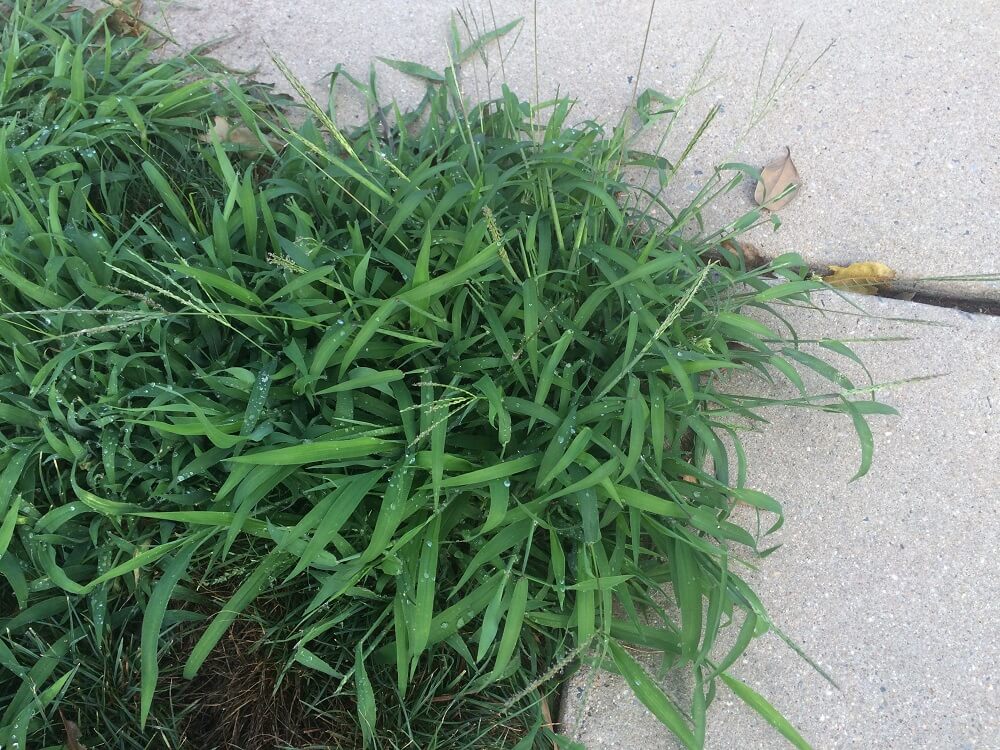
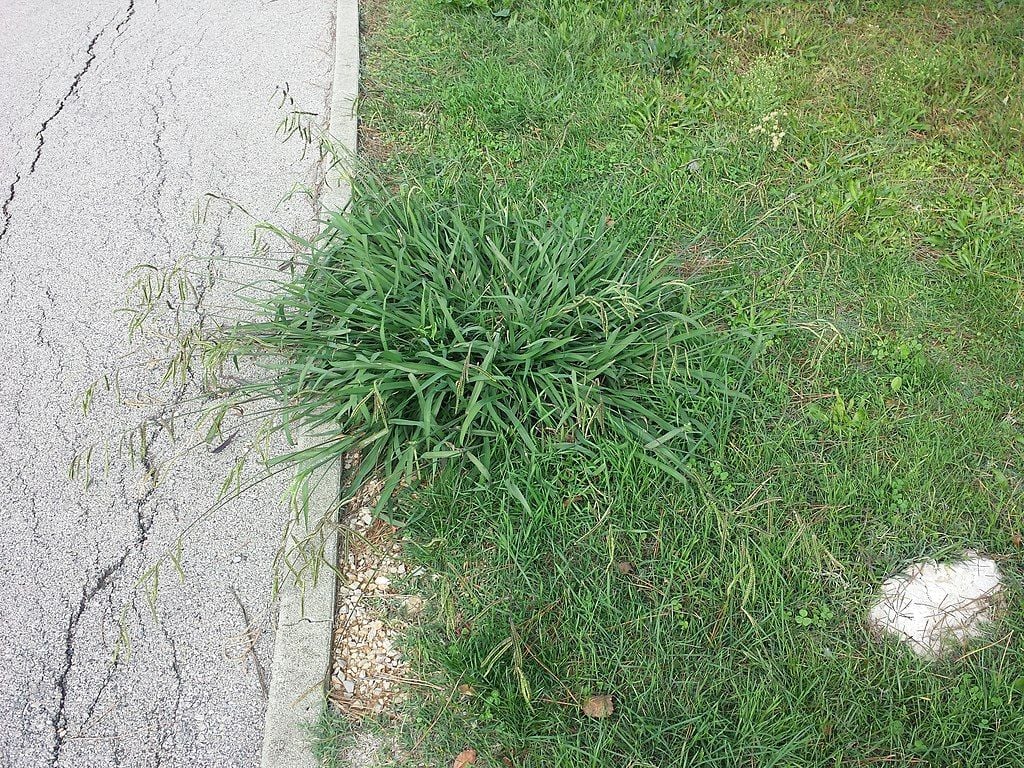
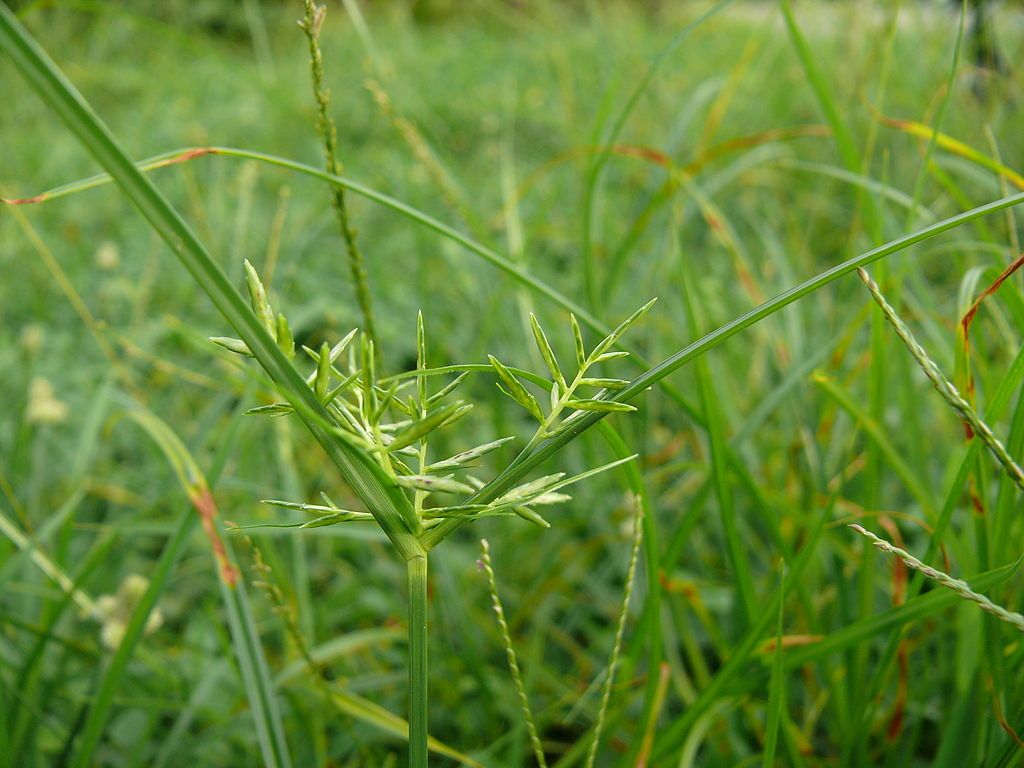
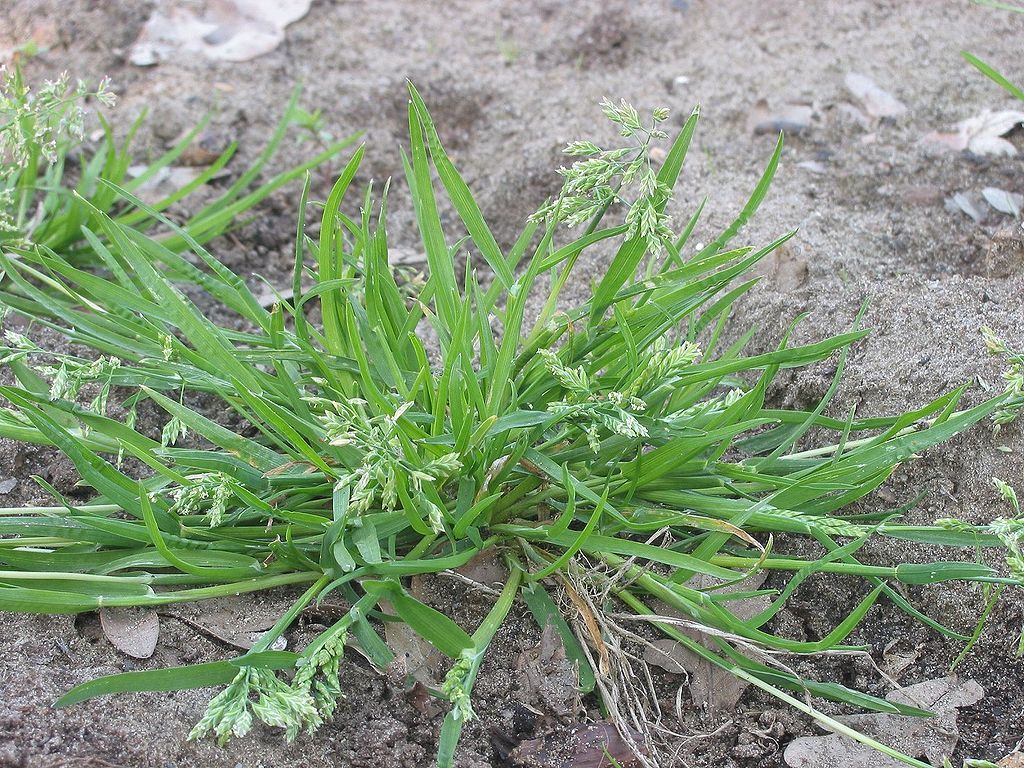
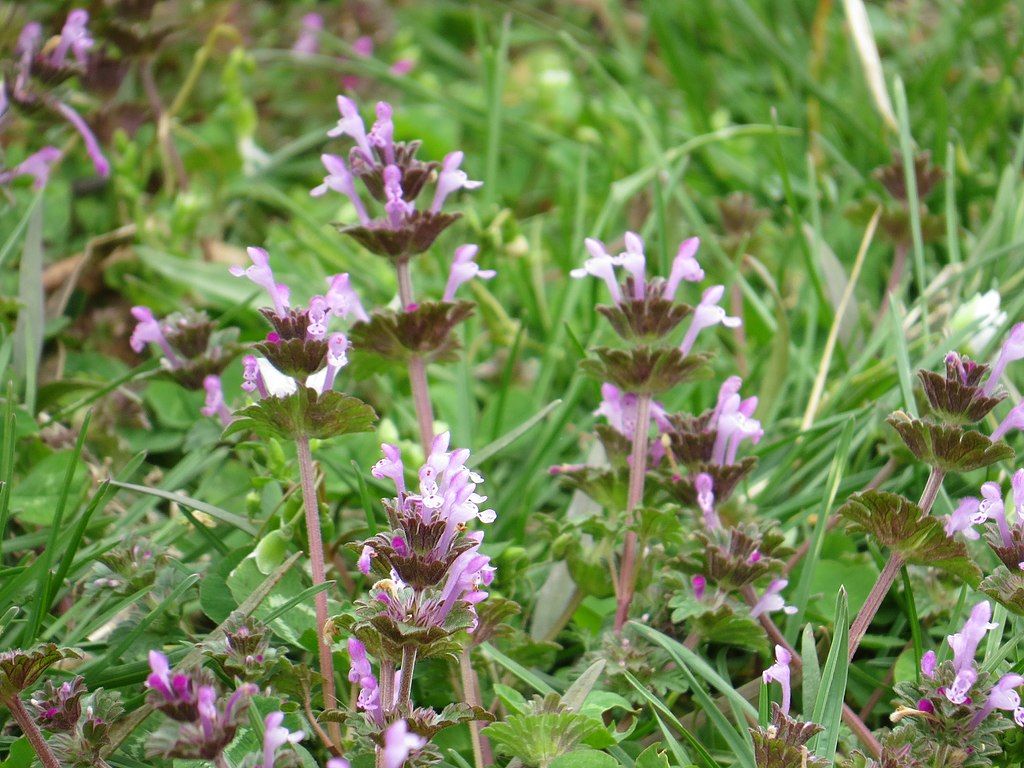
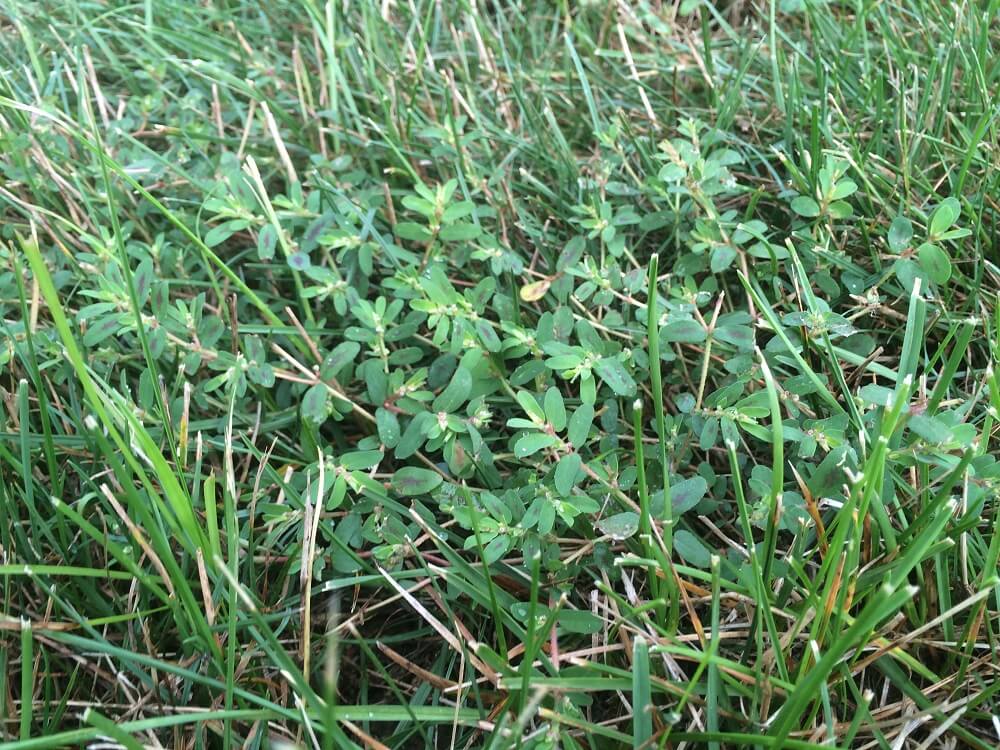
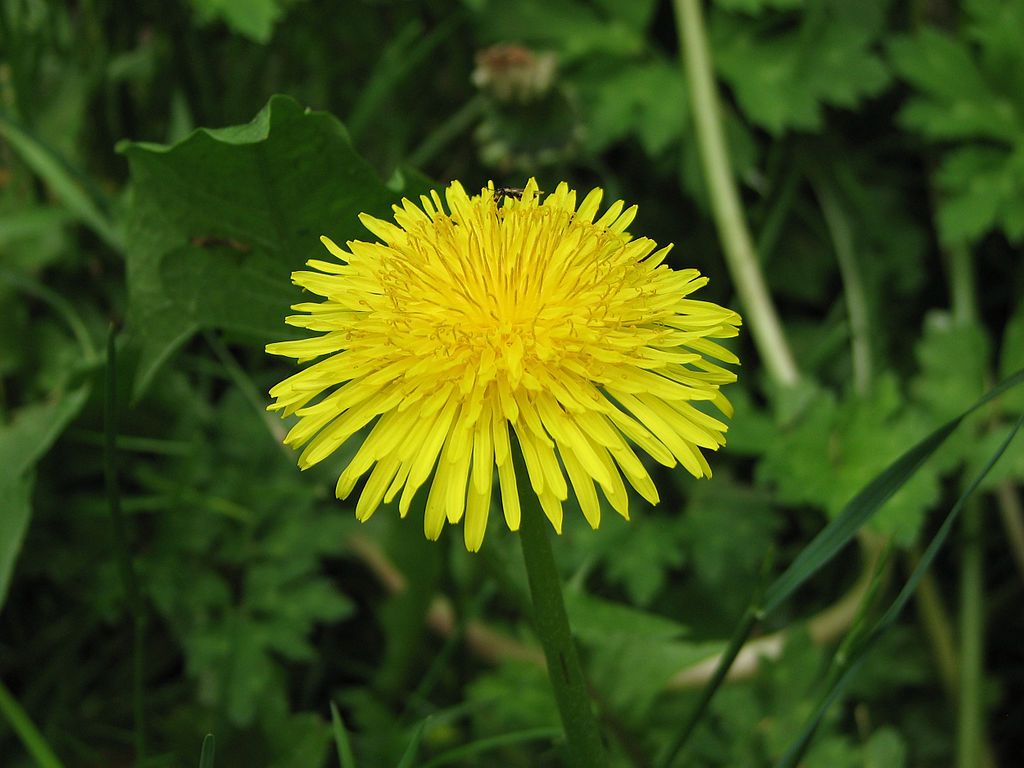
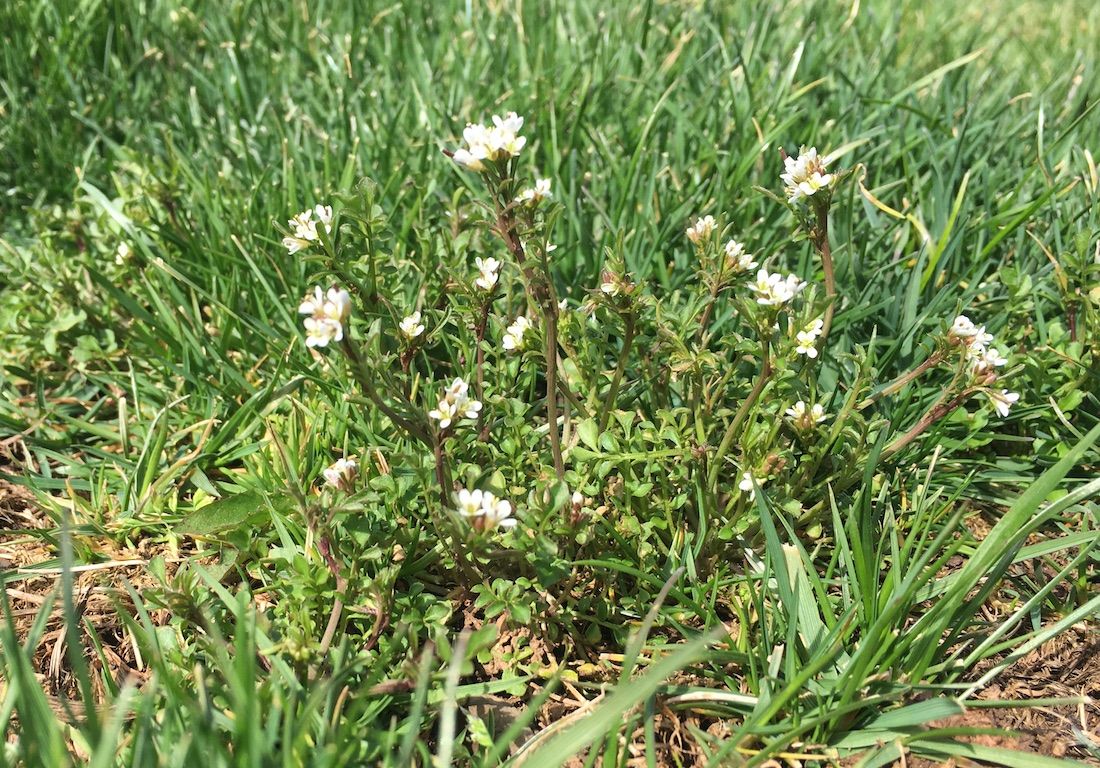
The important thing to remember about these different types of weeds in Texas is that they’ll have different control methods to keep them in check. The best lawn treatment for weeds will definitely depend upon what you’re dealing with.
Instead of diving into how to kill weeds in grass, let’s talk about preventing weeds in the first place. That's always the ideal situation.
To prevent weeds from growing in your lawn, you should be utilizing pre-emergent applications which work by creating a barrier that doesn’t allow weeds to germinate. Specialized pre-emergent products, like those intended for crabgrass, work quite well to prevent a large majority of weeds from growing.
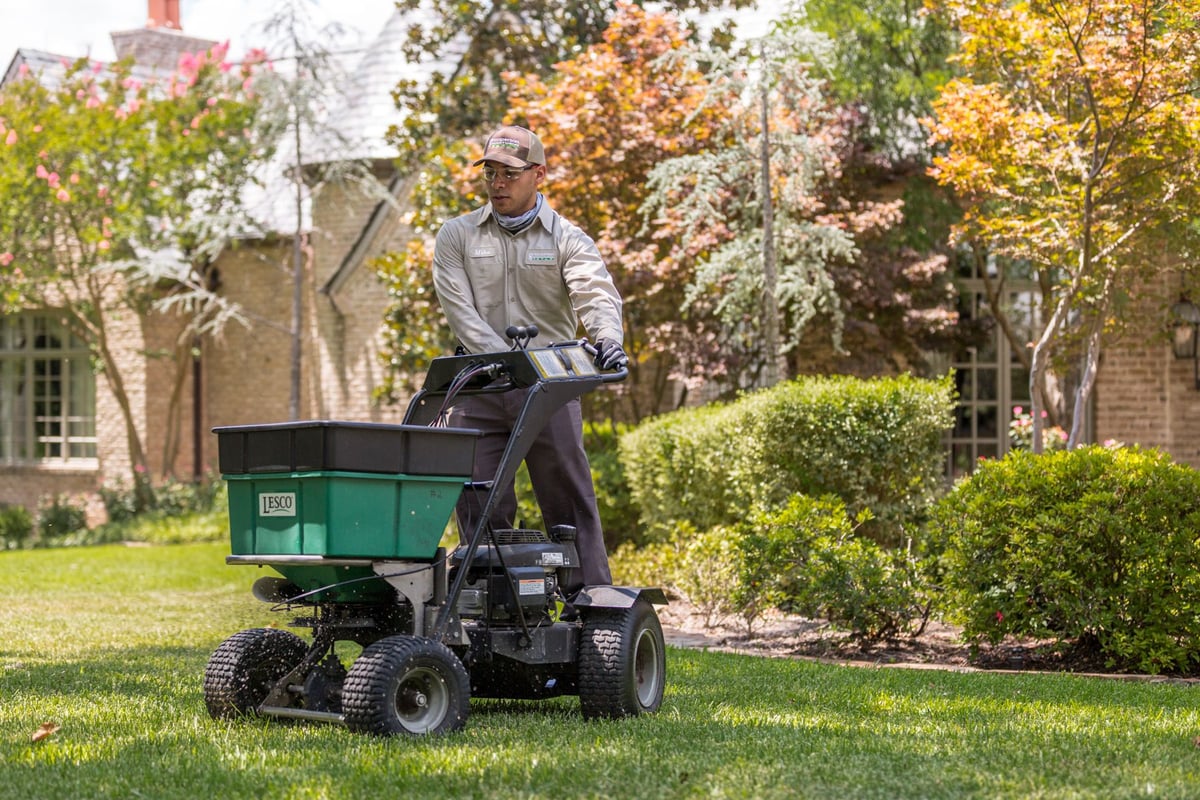
But pre-emergents won’t prevent everything.
There can be breaks in that barrier made by mowing and trimming, digging, dryness, cracking, or even excessive rain. That’s why even if you’ve applied pre-emergent products, you’ll still need a post-emergent solution to deal with breakthroughs.
Another way to prevent weeds from growing in your lawn is to promote healthy and thriving turf. People tend to overlook the power of a thick and healthy lawn, including the fact that it can begin to crowd out weeds on its own.
There are many ways to promote thick and healthy lawn growth including proper mowing, lawn fertilization, irrigation, and ensuring that problems are addressed (such as insect or disease issues). Your goal is to attempt to prevent bare spots where opportunistic weeds will take over. When grass is thick and healthy, weeds have to compete with it for essentials like oxygen, water, and nutrients. Fortunately, a thick and healthy lawn will win out.
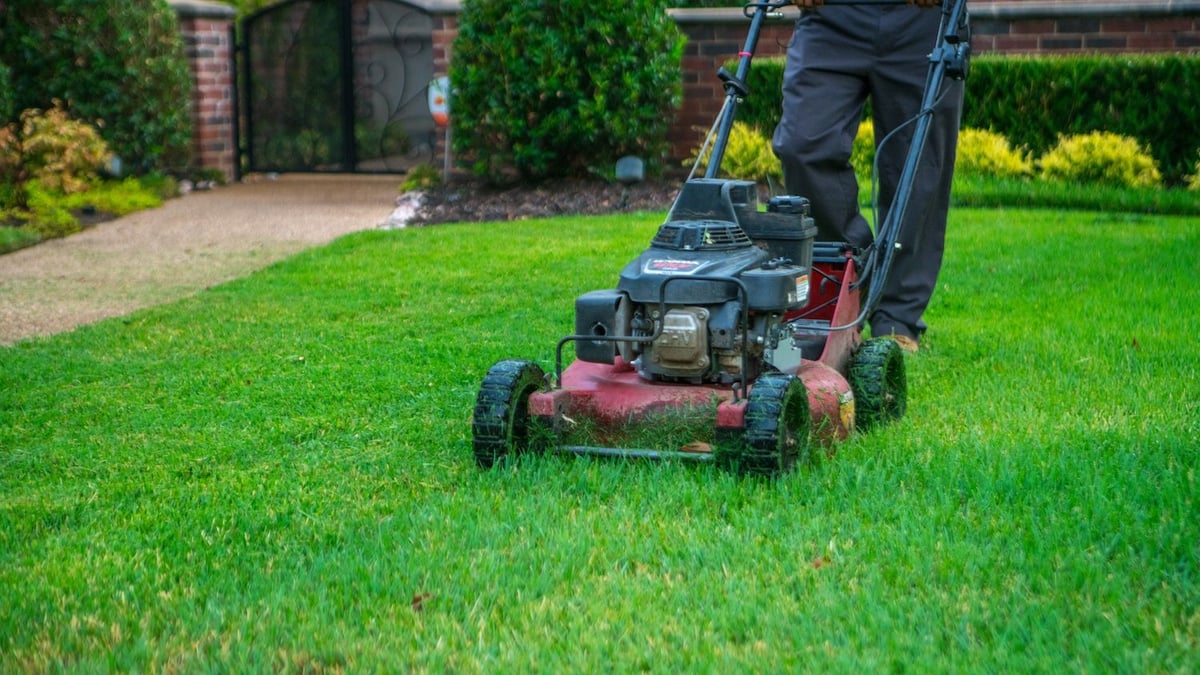
But if your lawn is diseased, thinning, or bare, you’ll definitely start to see weeds creeping in.
As we’ve said, not all weed growth can be prevented. That’s why you’ll also need effective weed control for grass.
To target weeds, there are different types of weed control products. We’ve already talked a bit about pre-emergent and post-emergent controls. While pre-emergent products work preventatively, post-emergent products are those that work to kill weeds in grass after they’ve already germinated and grown.
But weed controls can be broken down into other categories and types, too.
Let’s dig in a bit more.
Liquid weed control is applied as a spray on to the lawn. Liquid weed control tends to cover weed leaves more uniformly, and you do not need to water in a liquid product. In fact, you want to avoid watering for several hours so the liquid application can dry on the weed and do its work. Also, save mowing for 24 hours after a weed application so the weed control product can work its way through the plant’s system before any of its leaves are cut off.
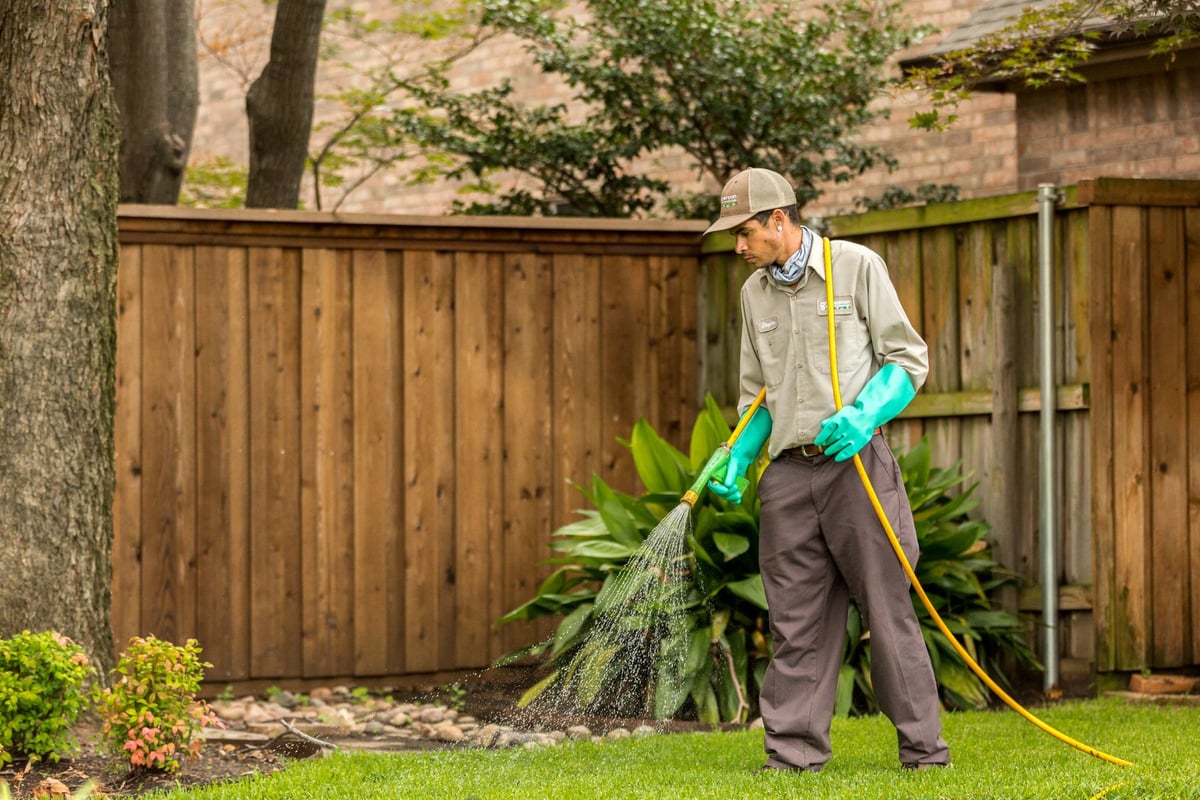
This dry weed control is applied using a spreader, and it is effective once it works its way to the soil and is watered either by rain or by running an irrigation system. Granular weed control may be mixed with other lawn care products, such as fertilizer. Granular weed control is a broadcast application and is typically reserved for pre-emergent applications.
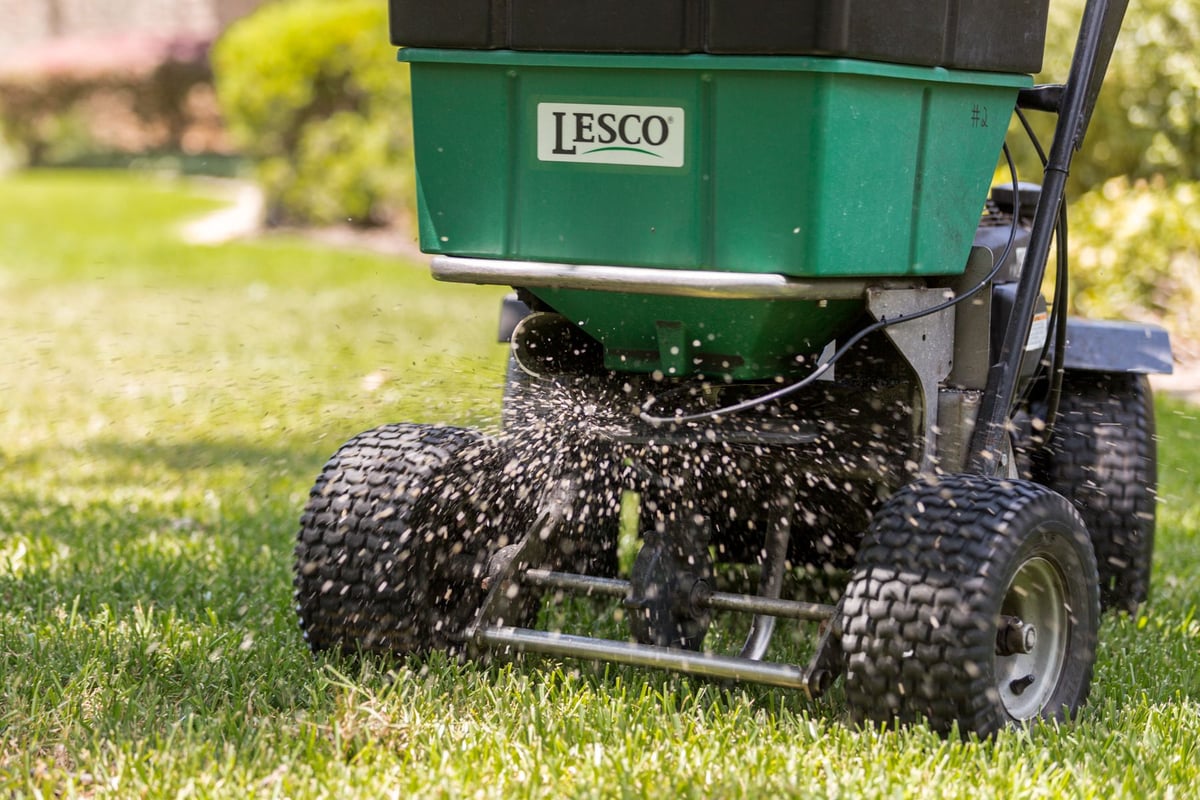
Selective weed control is designed to target weeds without damaging surrounding grass. If you’re worried about how to kill weeds without killing grass then this is the answer. Specific treatments are chosen based on weed type. For instance, we have selective weed controls available for nutsedge, which is a very difficult-to-control weed in North Texas lawns.
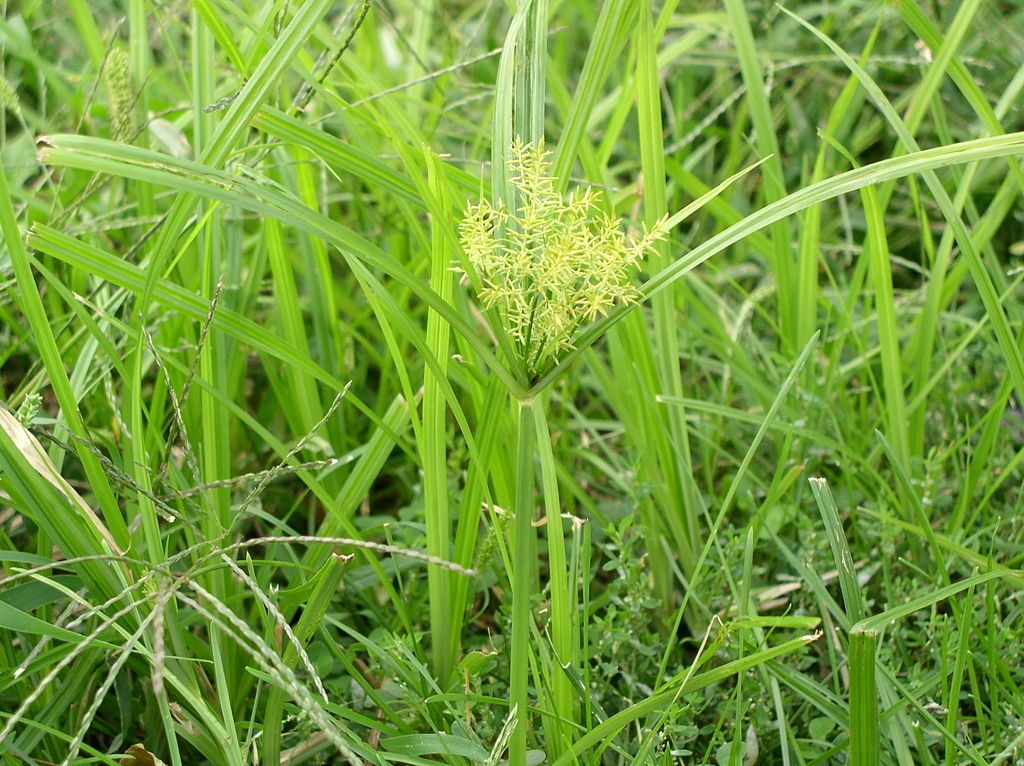
As you might have suspected, this type of weed control product will kill all plants, including grass. These products can help kill weeds along fence lines or in crevices. But special care should be taken to kill weeds without killing grass when using these types of products.
The timing of weed treatment for the lawn is also important. There is a proper time for these treatments or they aren’t going to work as they’re meant to.
With pre-emergent, for instance, it must be applied prior to germination.
Pre-emergents are really important in the Grassperson program. In our 7-application weed control program, 4 of the controls are pre-emergents, showing just how important we believe they are. Like we explained above, getting ahead of weeds by preventing them in the first place is really the best approach.
Of course, there are different weeds at different times of the year.
Because weeds are constantly popping up, year-round, we are likely treating them with several different controls during each visit. And we do treat for visible weeds during all seven of our visits (even though we’re performing other services like fertilization, too). Because of the persistent nature of weeds in our region, we are almost always spot-treating as they pop up.
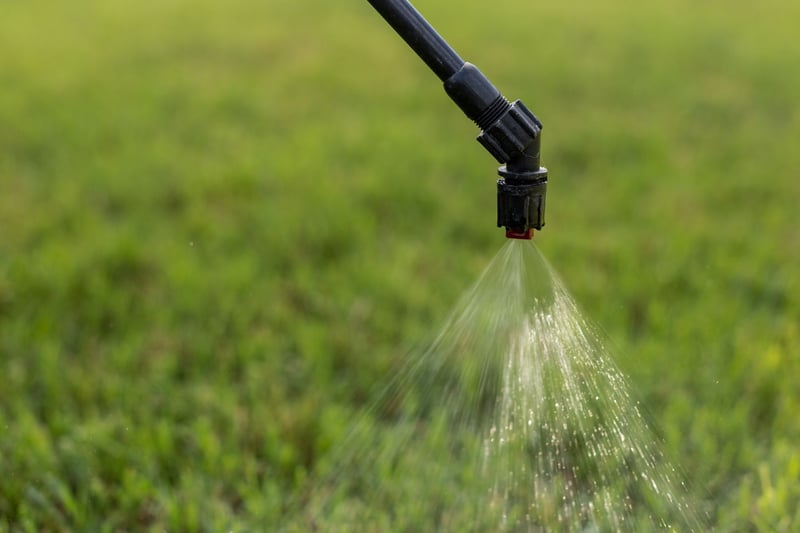
So, to sum it up, the answer to when to treat the lawn for weeds is basically year-round. The bottom line is that you cannot become complacent in this fight.
Finally, we want to address the fact that there is no one, single weed control approach that is best. All of what we’ve mentioned above is important. Because weeds in North Texas are so incredibly aggressive, you really do need a multi-product, varied approach to kill weeds in grass.
Of course, it is worth mentioning that the products used by a professional are going to be superior to anything you could pick up at the local hardware store or big box store. A pro will have access to premium, commercial-grade weed control products that are going to do a more effective job at killing weeds.
On top of that, you want to make sure that you’re using a year-round lawn care program that will prevent many weeds from growing in the first place (with pre-emergent controls) but also naturally discourage weed growth by promoting a thick and healthy lawn.
You don’t have to let weeds get the best of your lawn!
With expert analysis, you can find out exactly what you’re dealing with and how to best address it.
Get a free quote for your lawn in or around Flower Mound, TX, and find out how you can get the best lawn on the block without the stress of weeds ruining its appeal. Seriously, you deserve it.
Images: nutsedge, poa annua, dallisgrass, nutsedge in grass, henbit, dandelion
These Stories on Lawn Care